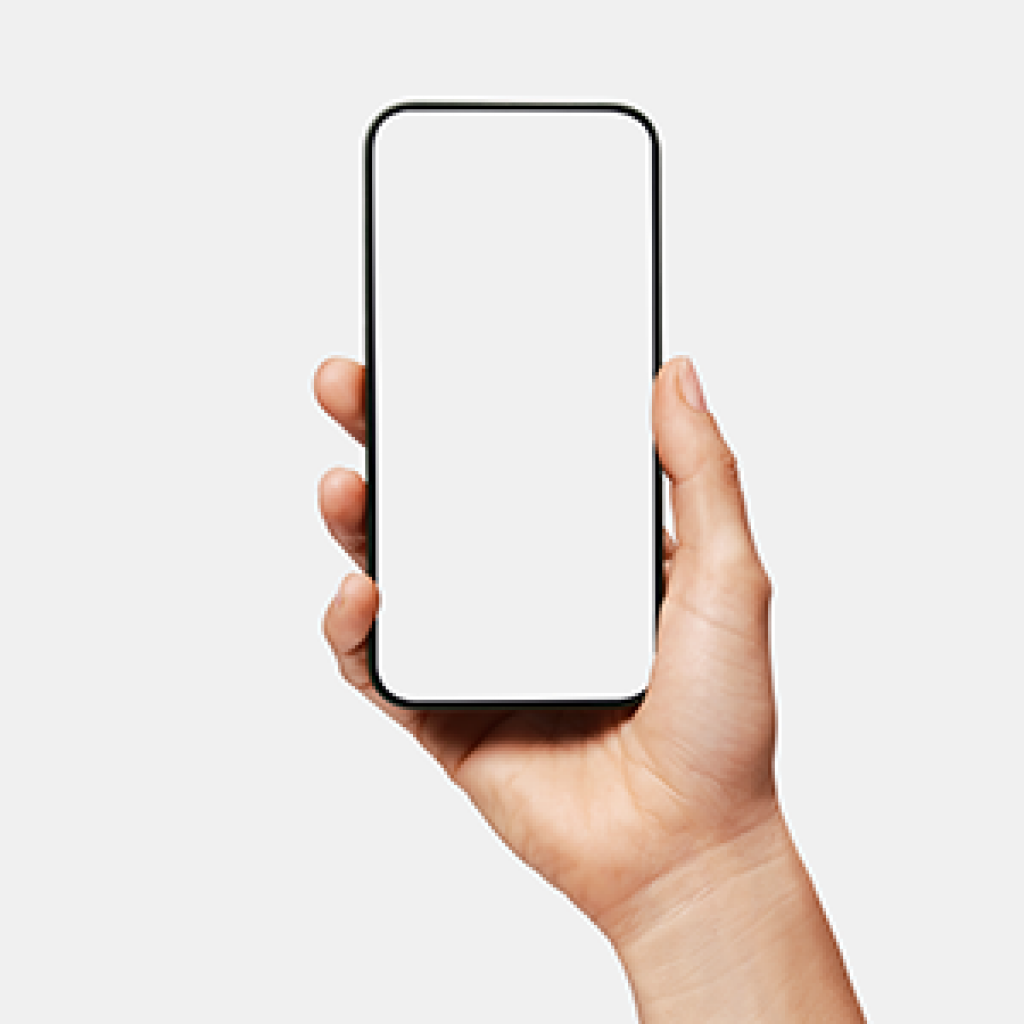
I call it a “data crime” when someone is abusing or misusing data. When we understand these stories and their implications, it can help us learn from the mistakes and prevent future data crimes. The stories can also be helpful if you must explain the importance of data management to someone.
The Story
Last year, a homeowner in Richmond, Texas reported that people who had lost their phones and used the “Find My iPhone” app were being led to his house, where they were ringing his doorbell at all hours of the day (and night) asking for their phones. Let’s just say not all of them were polite.
This was just a man minding his own business. If he had answered the door to speak to each person, he could explain how the app was leading people to his home. However, with this happening repeatedly – often having people at his door late at night, having people accusing him of theft, and having concerns for his own safety – he wasn’t always answering the door.
The homeowner contacted Apple Support numerous times, only to be told that his address was being used as a default within a certain radius of the community. Having no solution, Apple closed his support ticket.
What We Learned
First of all, what’s happening in this community? I have never once had to use that phone feature.
While the homeowner was initially curious about why people were showing up at his door, the situation quickly became tedious. Since his home was originally the model home in the community, he suspects that is the root cause of the issue. While under development, a landmark was used to recognize the community, and the model home was the likely chosen location.
With the development complete, it would be great to refresh the geography, yet no one seems to know how. The model home address seems stuck in a database somewhere.
As soon as I heard the story, I felt that the homeowner was correct in his assumption about the model home. I had a similar situation in a new development, though not as severe as his. The last time I checked, a Rideshare app still recognizes only one address on my street, and it’s not mine. I’m forced to use that address and then hope the driver ignores it and pays attention to the pin on the map indicating where I’m standing. Then I have to hope the driver doesn’t think I’m a safety risk for giving an incorrect address.
The assumption is that over time, the entire development will be recognized and the model home issue will go away. The problem is that no one knows how long the wait is before the database gets refreshed. Plus, the issue is not unique to a single development, so Apple should look for a solution.
